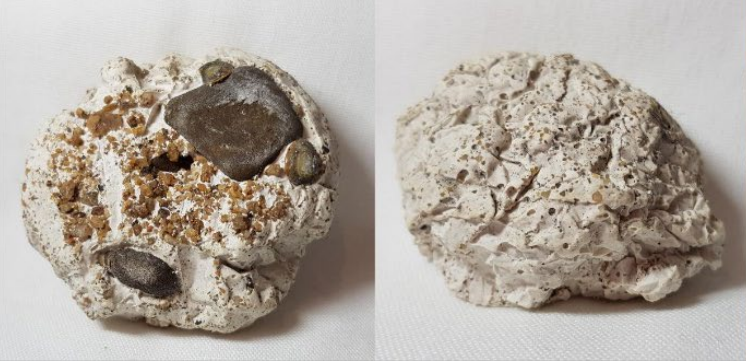classroom
Type of resources
Keywords
Publication year
Topics
-

Would you like to make your own rock? In this set of activities you can simulate the natural processes that form sedimentary rocks in just a few hours, instead of taking millions and millions of years. All the activities can be undertaken using readily available materials. Supervision recommended.
-
Australia is a unique continent. This short video introduces the physical geography of Australia using a colourful topographic map. Viewers are shown the three major physical regions of the continent, the lack of large mountains and consider why relatively few people live in Australia given its size.
-
Have you ever wondered what lava looks like when it cools down? This short video introduces rocks from volcanoes and their features using some of the samples in the Geoscience Australia Education Centre. Viewers are shown different types of lava rock, bombs, obsidian and pumice. The video is suitable for middle primary and older students as well as a general audience; it introduces some technical terms and uses samples available for school students to handle during visits to the Centre.
-
Discover the wonders of earth science through student programs, teacher professional development sessions and classroom resources from Geoscience Australia.
-
Learn about studying fossils (palaeontology) in this behind-the-scenes visit to the Commonwealth Palaeontological Collection. The formation of fossils is explained and different types of fossils are shown. The collection contains thousands of specimens including microscopic organisms called Foraminifera. Viewers learn that there are many scientific uses of fossils and this collection is a resource that scientists continue to study today.
-
Learn about earthquake monitoring in Australia through a visit to the National Earthquake Alerts Centre. Earthquakes are geological events that are detected by a network of seismometers; each 'station' sends seismic information for analysis and checking by seismologists who are on duty 24/7. We learn about the types of wave forms (primary, secondary and surface) and the sequence of events in the Centre when an earthquake is detected; the measurements made such as magnitude are then published on the earthquakes@GA webpage.
-
Fossil shells can tell us about past environments. This video presents examples of shell fossils that help us to understand where oceans were located in Australia millions of years ago. The shells lived in shallow marine environments before they died and became part of the rocks formed from sand and silt at the bottom of the water. Brachiopods from Woolshed Creek in Canberra and a large spiral shell from the Nullarbor Plain are showcased along with an elevation map of Australia.
